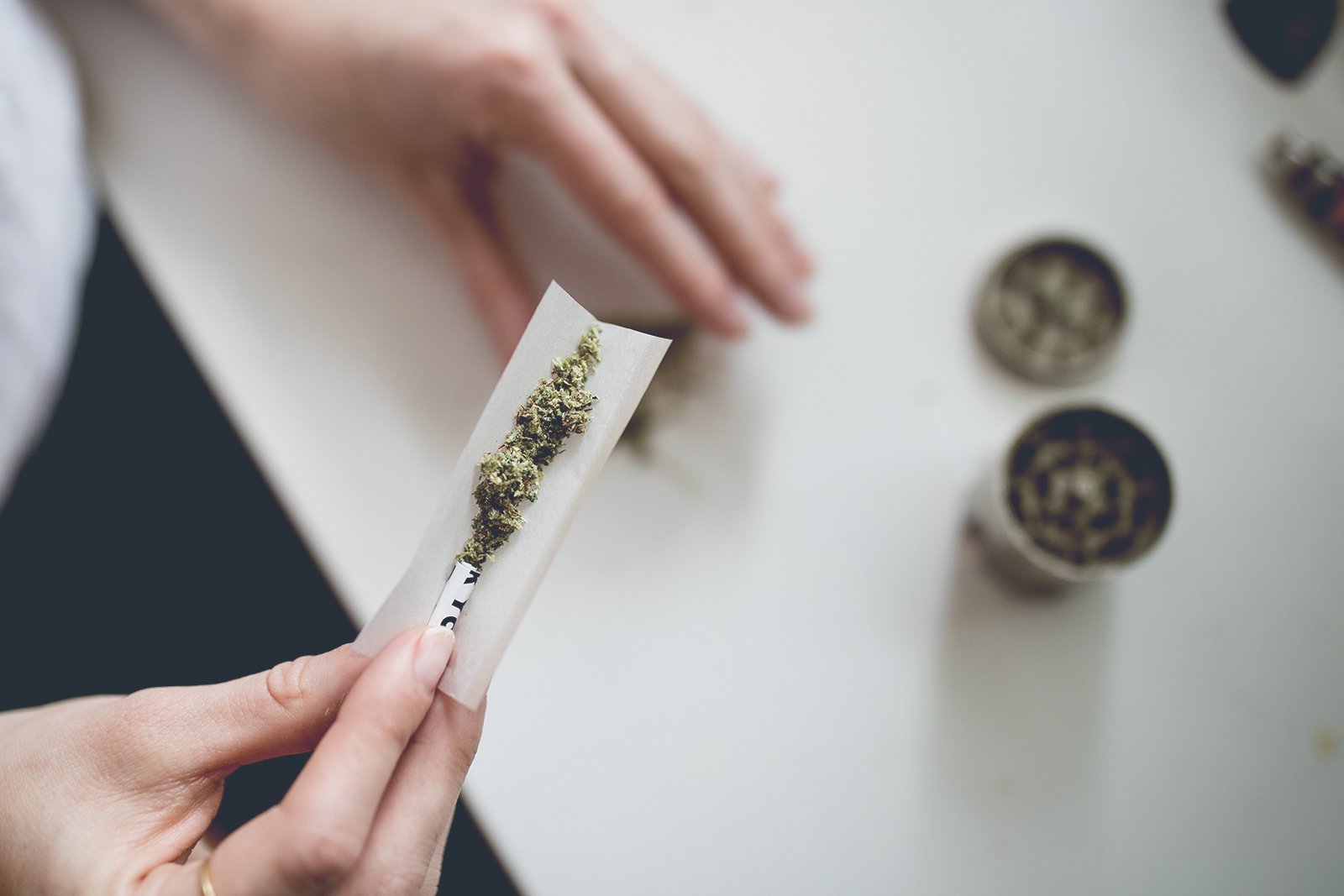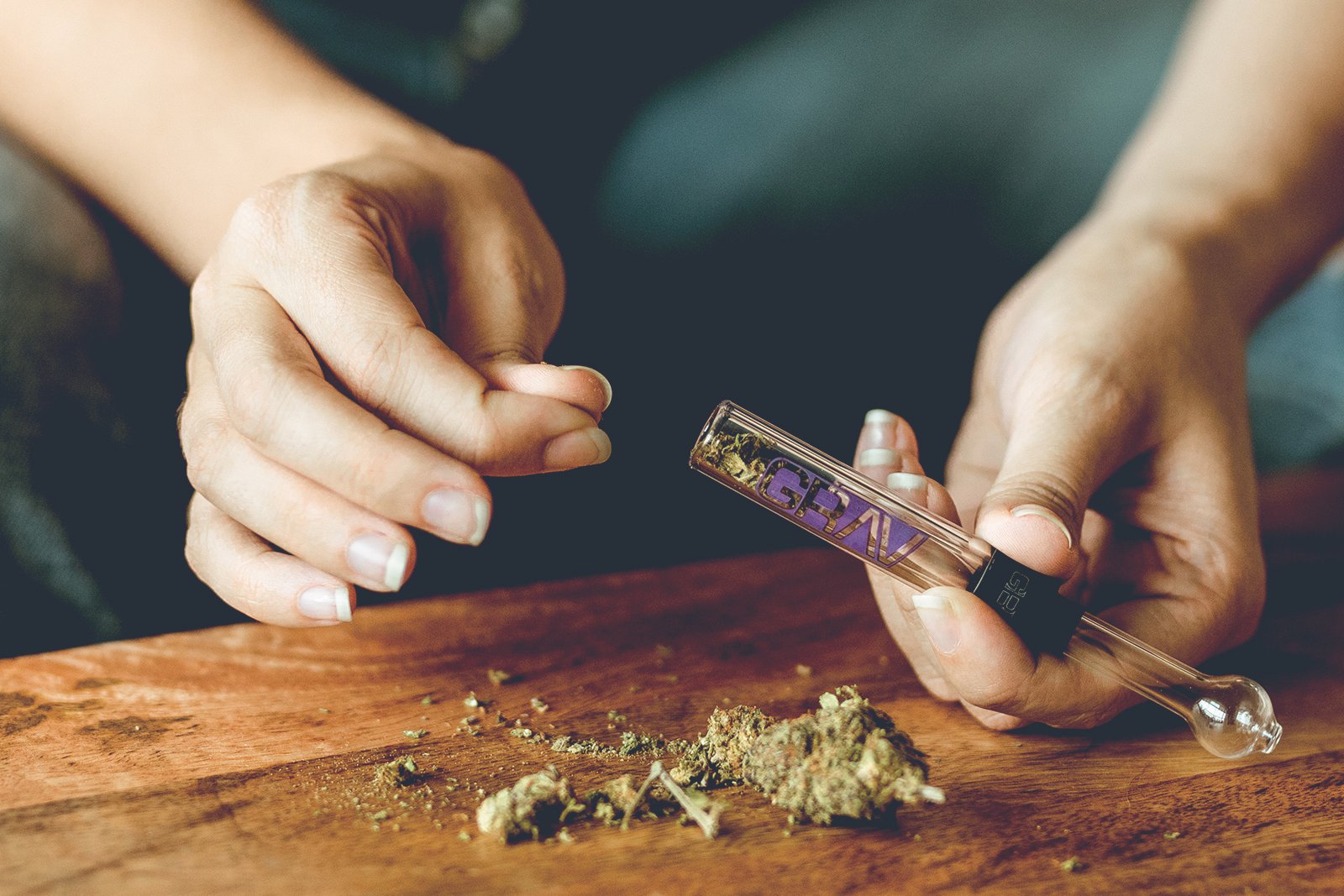
10 ways to safely use marijuana products
Medical and Health 10 Ways to Safely Use Marijuana Products With cannabis use gaining popularity worldwide, including in parts of Europe such as the UK

Germany changed its cannabis laws on 1 April 2024, allowing for limited possession, home cultivation, and setting the stage for cannabis clubs. JD Supra+3Wikipedia+3Deutsche Welle+3 At the two-month mark (around early June), there are tangible impacts, areas of confusion, and anticipation for the next phases. Here’s what’s known so far — and what matters if you’re following or operating in this space.
Since 1 April 2024, these changes are official:
Adults (18+) are allowed to possess up to 25 grams of dried cannabis in public. Wikipedia+2Deutsche Welle+2
Up to 50 grams stored at home are permitted. Wikipedia+2Deutsche Welle+2
Individuals may grow up to 3 cannabis plants at their own home for personal use. Deutsche Welle+1
These changes decriminalized certain activities and removed some cannabis forms from stricter drug control laws. Wikipedia+1
Some parts of the law are scheduled to become active after this two-month point:
Cannabis Social Clubs: Non-profit “clubs” allowing cultivation for members (up to 500 members) are to be permitted starting from 1 July 2024. These clubs will allow members to obtain cannabis (within limits) via these clubs. Wikipedia+2JD Supra+2
Purchasing via clubs: While possession, cultivation, and home storage are legal, legal retail sales (outside social clubs) have not yet been established. Licensed dispensaries or commercial sales are not broadly available at the two-month mark. Wikipedia+2JD Supra+2
While the full infrastructure (clubs, clear supply chains, sales) is still being built out, some early effects and feedback are visible:
General calmness and low incidents
In states like Bavaria, police reports describe the early days after legalization as “discreet and calm.” Only a few incidents were reported of people having over the legal amounts. Sephardic Council
Confusion and uncertainty
Many people are uncertain about where they can consume legally (public vs private), what counts as allowed proximity (to schools, playgrounds), and what kind of products (flower, edibles, etc.) are or will be legal/distributed. Deutsche Welle+2Wikipedia+2
Black market remains relevant
Because legal purchasing channels are not yet broadly established, many users still rely on existing supply sources. There are concerns that without legal retail infrastructure, the black market may persist. JD Supra+1
State-level variation / restrictions
Different German Länder (states) may impose additional restrictions (e.g. where public use is permitted, restrictions near schools, public places). For example, Bavaria has banned cannabis consumption in public spaces like beer gardens, festivals, etc. AP News+1
Public health & safety concerns
Experts — including police and medical associations — are monitoring effects on youth, policing burden, intoxication incidents, and drug-impaired driving. Some voiced concerns that legalization could lead to increased consumption among minors or near vulnerable locations. Deutsche Welle+2AP News+2
The law remains partial: no full commercial retail system is in place yet. Clubs will fill part of the gap, but broader regulated sale (with e.g. licensed shops) is not yet implemented. JD Supra+1
Germany is bound by EU regulations and its own legal traditions, which impose constraints on how fast and how broadly cannabis commercialization can unfold. JD Supra+1
There is an evaluation period: Germany’s Cannabis Act includes assessment measures — authorities will monitor effects on public health, youth, criminal justice, market changes. These evaluations will inform possibly widening or adjusting regulations. JD Supra+1
Some of the issues that have surfaced or are likely to become more prominent over time:
Supply and product safety: Legal home-growing and club cultivation may produce variability in quality; issues of contamination or potency mislabelling may emerge.
Enforcement and policing: Defining limits (e.g. how much is “private use,” what proximity restrictions apply) means enforcement will vary and sometimes be contested.
Youth access and under-21 limits: There are limits for younger adults in some contexts; ensuring minors do not gain easy access is a concern.
Public consumption restrictions: Many public spaces still ban cannabis use; defining permitted vs prohibited zones is a challenge.
Economic viability for clubs & future commercial sales: The new clubs need clear legislation, financing, regulation. Commercial licensed retail is likely further out, and businesses need clarity.
Looking ahead from the two-month mark, here’s what to watch for:
1 July 2024: Activation of cannabis social clubs in most states. Will be a test of supply, membership models, pricing, and regulation.
Regulatory details: Rules for clubs, licensing, auditing, product standards, taxation.
Pilot projects for commercial sales: There is talk about model projects / pilot programs for fully regulated commercial sales later. JD Supra
Health, research, and policy reviews: The evaluation frameworks will gather data on consumption rates, public safety, drug-related hospital admissions, illegal market shrinkage.
State variations & likely legal challenges: Some states may push back (e.g. Bavaria), local governments might impose stricter limits within their jurisdictions. Legal disputes may arise over licensing, restrictions.
Germany cannabis legalization two months later
effects of cannabis legalization Germany 2024
cannabis clubs in Germany status
legal cannabis Germany restrictions places public use
Germany black market cannabis impact
Two Months After Legalization: How Germany’s Cannabis Law Is Working Out
Meta Description:
Germany legalized personal cannabis possession and home cultivation on 1 April 2024. Two months in, this article reviews what has changed, where uncertainty remains, and what to expect next.

Medical and Health 10 Ways to Safely Use Marijuana Products With cannabis use gaining popularity worldwide, including in parts of Europe such as the UK

Two Months After Legalization: What Germany’s Cannabis Law Looks Like Germany changed its cannabis laws on 1 April 2024, allowing for limited possession, home cultivation,
WhatsApp us